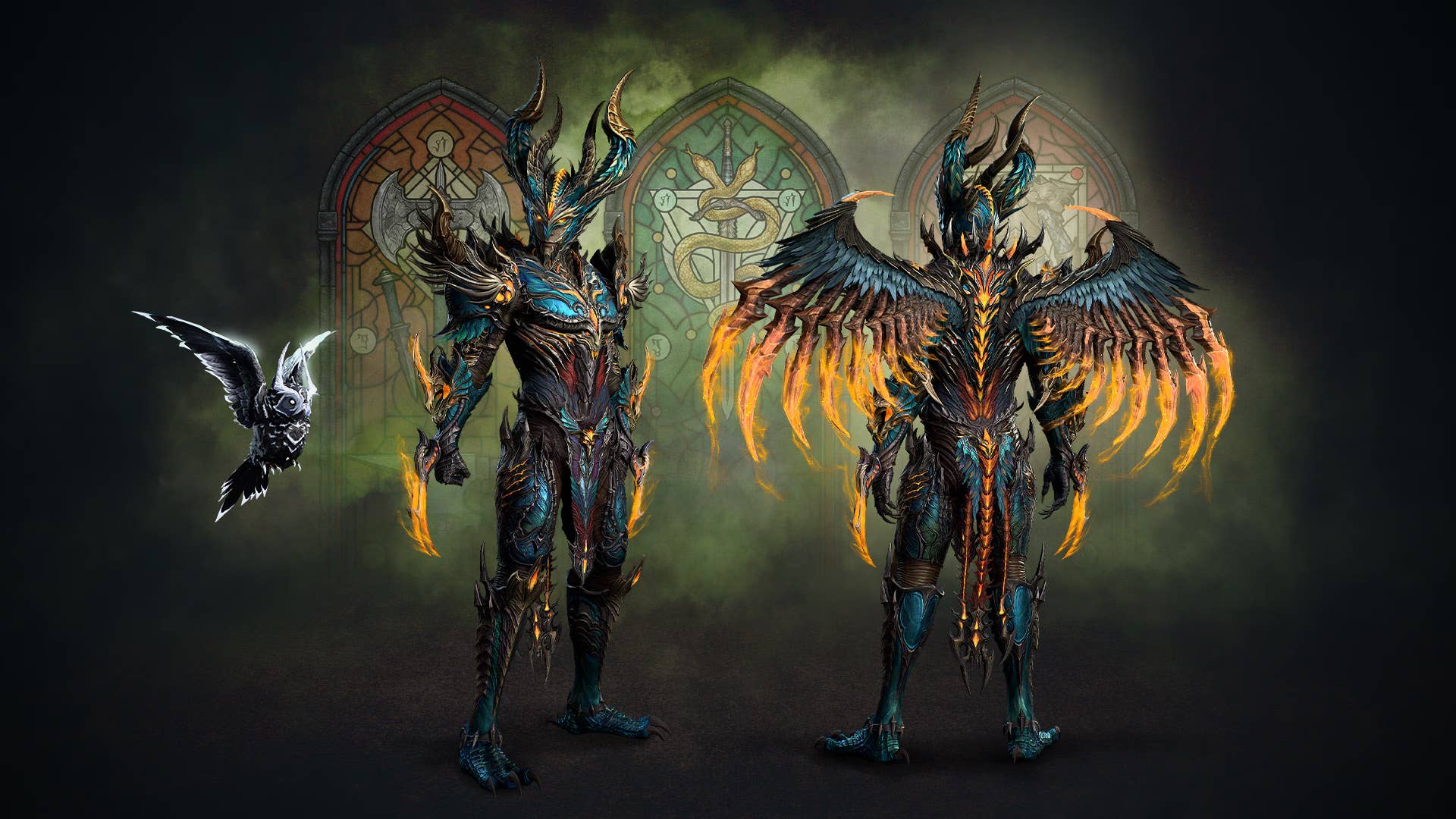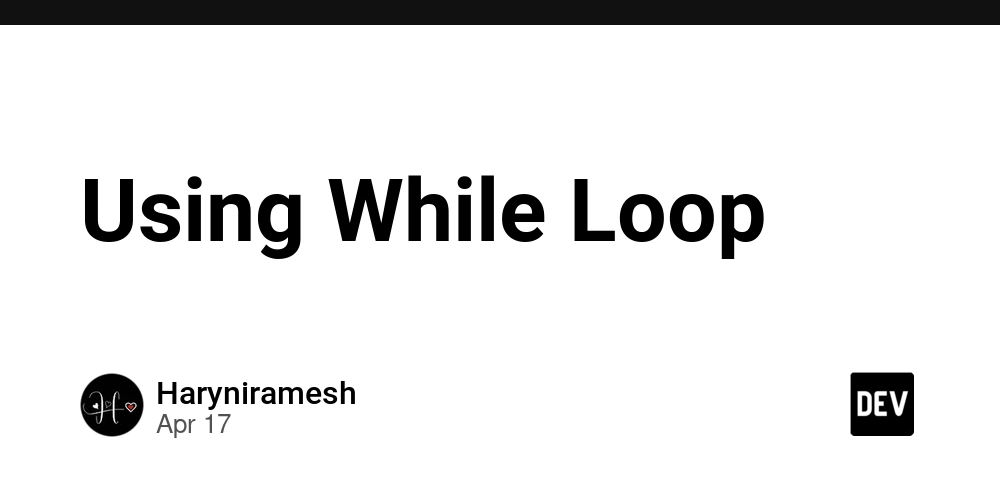AI vs Machine Learning vs Deep Learning: Quick Guide
Ever been in a tech convo where AI, Machine Learning (ML), Deep Learning (DL), and buzzwords like Generative AI or Deep Fakes fly around like code in a hackathon? If you’ve scratched your head wondering how they differ, you’re not alone. Let’s break it down in a way that won’t bore you to death—promise. This is a sneak peek into a full guide over at Blurbify.net, where we make tech simple for devs and enthusiasts. The Big Picture Think of AI as a giant kitchen. ML is a chef learning recipes from data. DL is a master chef using neural networks for fancy dishes. Generative AI (GenAI) invents new recipes, Large Language Models (LLMs) write the menus, chatbots serve the food, and Deep Fakes sneak in fake ingredients that look real. Here’s the rundown: AI: The broad dream of machines mimicking human smarts—reasoning, learning, you name it. Think Alexa or self-driving cars. Machine Learning: A slice of AI where machines learn from data without being spoon-fed rules. Great for spotting fraud or recommending Netflix binges. Deep Learning: ML’s cooler cousin, using brain-like neural networks for complex tasks like image recognition or music generation. Generative AI: DL’s creative side, making new stuff like art or text. Think DALL-E or AI-written blogs. Large Language Models: GenAI focused on language, powering chatbots like ChatGPT. Chatbots: AI-driven convo machines for customer service or fun chats. Deep Fakes: Synthetic media (videos, audio) made with GenAI. Cool for movies, risky for scams. Why Devs Care Picking the right tool—ML for simple predictions, DL for image tasks, or LLMs for chatbots—saves time, cash, and server meltdowns. For example, fraud detection might just need ML (try Scikit-learn), while a witty chatbot screams for an LLM (check out OpenAI). Get it wrong, and you’re debugging for days. Where to Start Newbies: Dip into ML with Scikit-learn for quick wins. Pros: Tackle DL or GenAI with TensorFlow or PyTorch. Chatbot Curious: Experiment with Google Cloud’s Vertex AI. Ethics Note: Deep Fakes? Tread carefully—always disclose if you’re faking it. Want More? This is just the appetizer. For a deep dive with examples, tips, and a handy comparison table, check out the full article at Blurbify.net. We’ve got the lowdown on how these tech terms fit together, plus practical advice for your next project. Join our community of devs and tech fans for more jargon-free guides! What’s your next project—ML, DL, or maybe a chatbot? Drop a comment and let’s geek out!
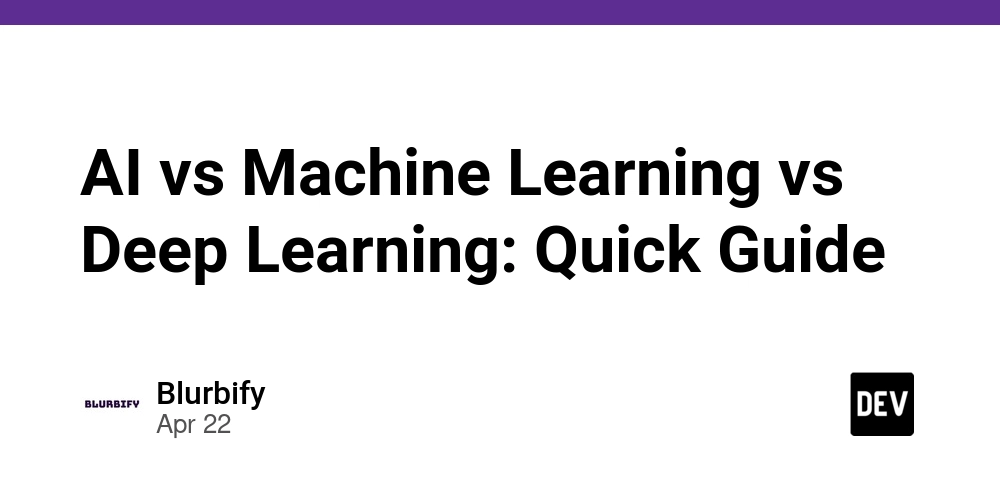
Ever been in a tech convo where AI, Machine Learning (ML), Deep Learning (DL), and buzzwords like Generative AI or Deep Fakes fly around like code in a hackathon? If you’ve scratched your head wondering how they differ, you’re not alone. Let’s break it down in a way that won’t bore you to death—promise. This is a sneak peek into a full guide over at Blurbify.net, where we make tech simple for devs and enthusiasts.
The Big Picture
Think of AI as a giant kitchen. ML is a chef learning recipes from data. DL is a master chef using neural networks for fancy dishes. Generative AI (GenAI) invents new recipes, Large Language Models (LLMs) write the menus, chatbots serve the food, and Deep Fakes sneak in fake ingredients that look real. Here’s the rundown:
AI: The broad dream of machines mimicking human smarts—reasoning, learning, you name it. Think Alexa or self-driving cars.
Machine Learning: A slice of AI where machines learn from data without being spoon-fed rules. Great for spotting fraud or recommending Netflix binges.
Deep Learning: ML’s cooler cousin, using brain-like neural networks for complex tasks like image recognition or music generation.
Generative AI: DL’s creative side, making new stuff like art or text. Think DALL-E or AI-written blogs.
Large Language Models: GenAI focused on language, powering chatbots like ChatGPT.
Chatbots: AI-driven convo machines for customer service or fun chats.
Deep Fakes: Synthetic media (videos, audio) made with GenAI. Cool for movies, risky for scams.
Why Devs Care
Picking the right tool—ML for simple predictions, DL for image tasks, or LLMs for chatbots—saves time, cash, and server meltdowns. For example, fraud detection might just need ML (try Scikit-learn), while a witty chatbot screams for an LLM (check out OpenAI). Get it wrong, and you’re debugging for days.
Where to Start
Newbies: Dip into ML with Scikit-learn for quick wins.
Pros: Tackle DL or GenAI with TensorFlow or PyTorch.
Chatbot Curious: Experiment with Google Cloud’s Vertex AI.
Ethics Note: Deep Fakes? Tread carefully—always disclose if you’re faking it.
Want More?
This is just the appetizer. For a deep dive with examples, tips, and a handy comparison table, check out the full article at Blurbify.net. We’ve got the lowdown on how these tech terms fit together, plus practical advice for your next project. Join our community of devs and tech fans for more jargon-free guides!
What’s your next project—ML, DL, or maybe a chatbot? Drop a comment and let’s geek out!
_Brain_light_Alamy.jpg?width=1280&auto=webp&quality=80&disable=upscale#)




























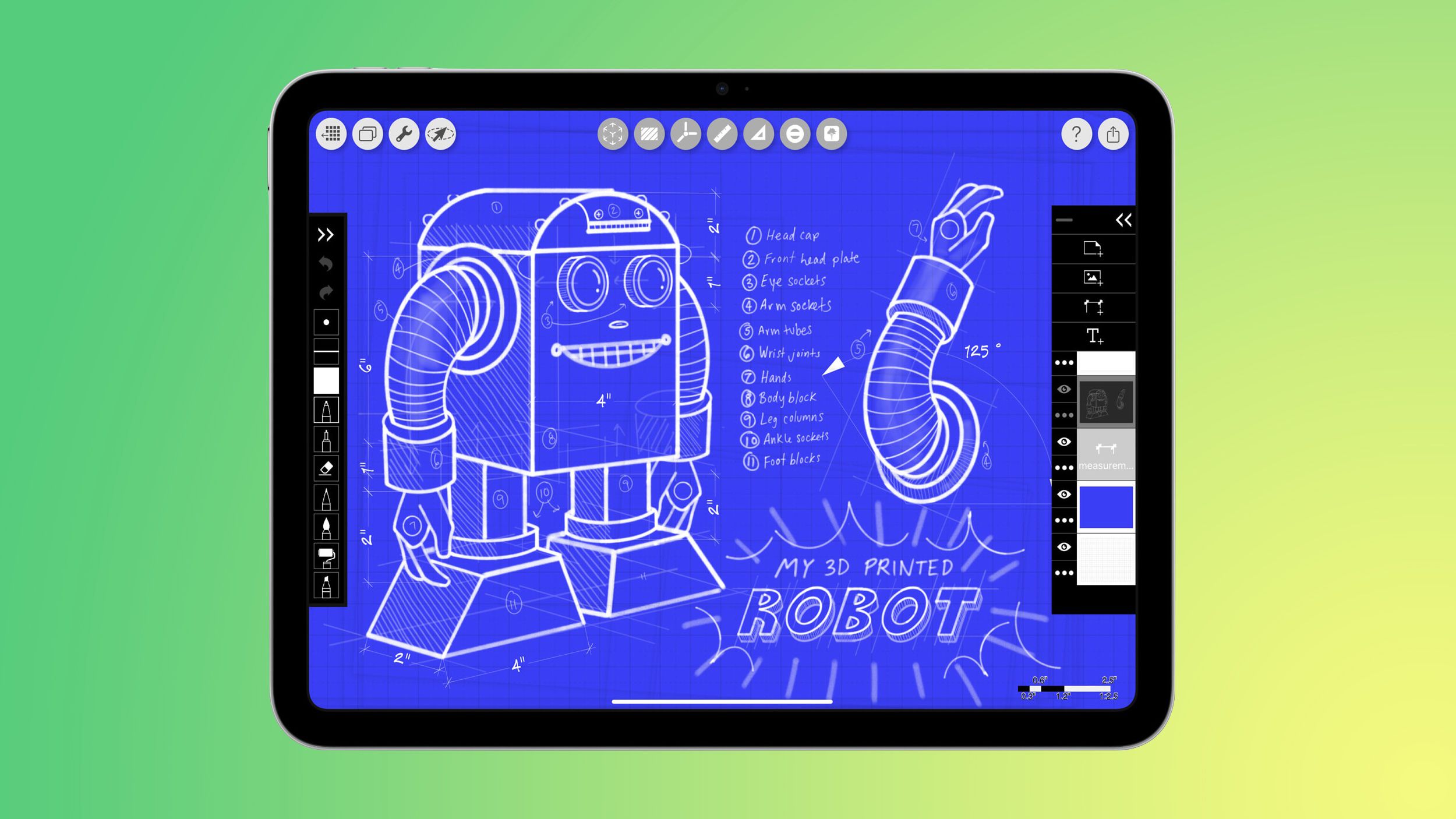



































![Next Generation iPhone 17e Nears Trial Production [Rumor]](https://www.iclarified.com/images/news/97083/97083/97083-640.jpg)
![Apple Releases iOS 18.5 Beta 3 and iPadOS 18.5 Beta 3 [Download]](https://www.iclarified.com/images/news/97076/97076/97076-640.jpg)
![Apple Seeds visionOS 2.5 Beta 3 to Developers [Download]](https://www.iclarified.com/images/news/97077/97077/97077-640.jpg)
![Apple Seeds tvOS 18.5 Beta 3 to Developers [Download]](https://www.iclarified.com/images/news/97078/97078/97078-640.jpg)





























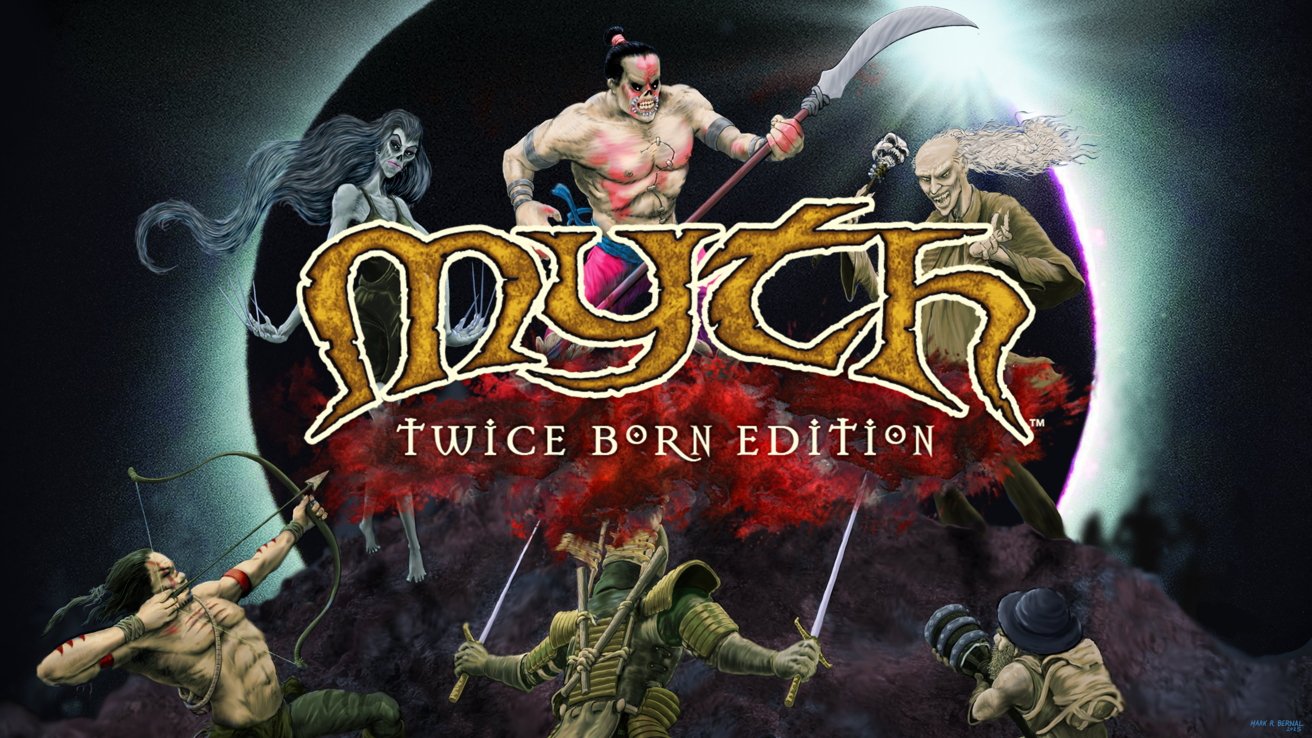

































































































































































![[The AI Show Episode 144]: ChatGPT’s New Memory, Shopify CEO’s Leaked “AI First” Memo, Google Cloud Next Releases, o3 and o4-mini Coming Soon & Llama 4’s Rocky Launch](https://www.marketingaiinstitute.com/hubfs/ep%20144%20cover.png)































































































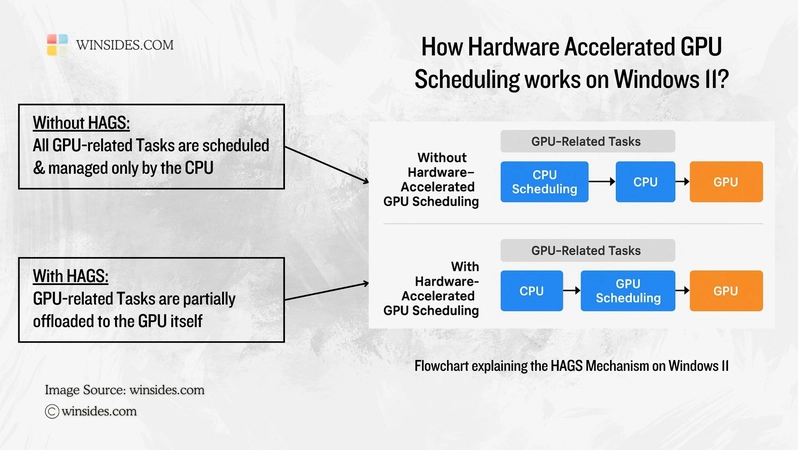
























![BPMN-procesmodellering [closed]](https://i.sstatic.net/l7l8q49F.png)

















![From fast food worker to cybersecurity engineer with Tae'lur Alexis [Podcast #169]](https://cdn.hashnode.com/res/hashnode/image/upload/v1745242807605/8a6cf71c-144f-4c91-9532-62d7c92c0f65.png?#)



























-Jack-Black---Steve's-Lava-Chicken-(Official-Music-Video)-A-Minecraft-Movie-Soundtrack-WaterTower-00-00-32_lMoQ1fI.png?width=1920&height=1920&fit=bounds&quality=70&format=jpg&auto=webp#)





























































